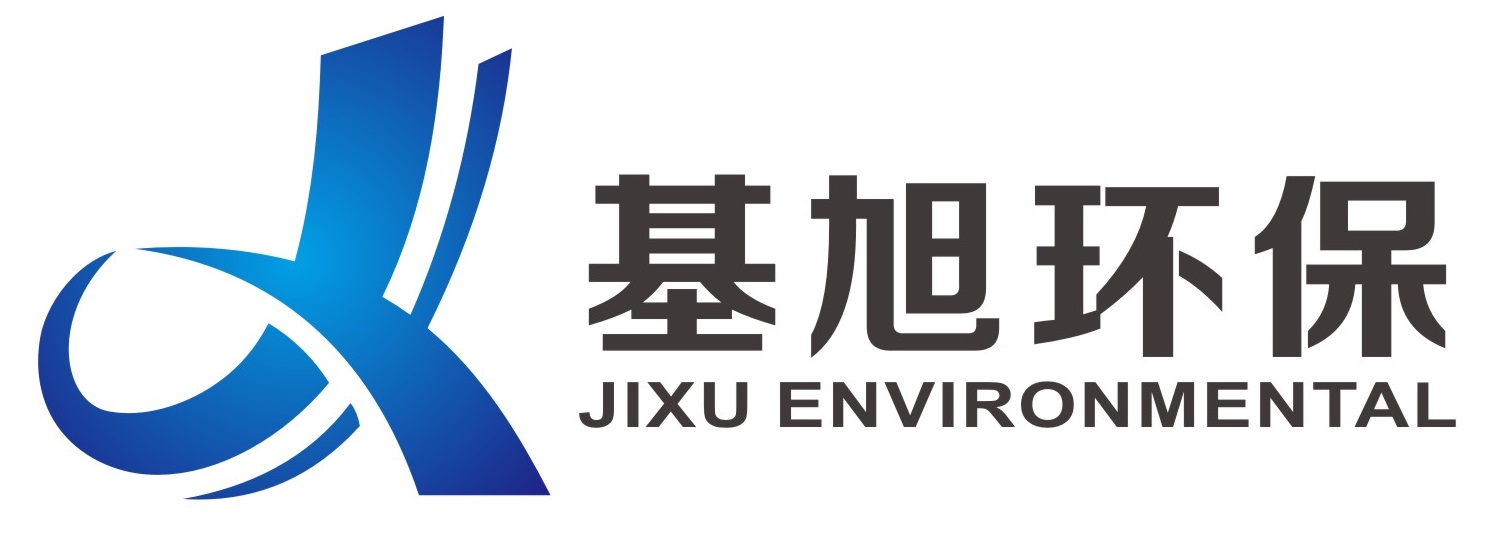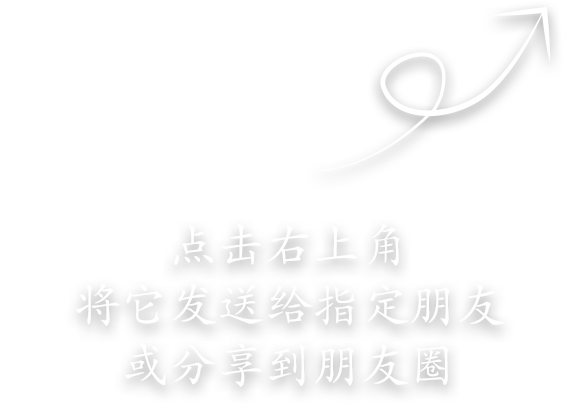




500 pigs, daily water consumption 50m3/d
Design Basis
1. Relevant data provided by the construction unit;
2. "Integrated Wastewater Discharge Standard of the People's Republic of China" (GB8978-1996);
3. "Emission Standards for Pollutants in Livestock and Poultry Industry" GB18596-2001
4. "Water quality standards for farmland irrigation" GB5084-2005
5. "Integrated Emission Standards for Urban Sewage Treatment Plants" (18918-2002)
6. “Design Specification for Water Supply and Drainage Engineering Structure” (GB141-90);
7. Water Supply and Drainage Design Manual
8, "General Electric Equipment Power Distribution Design Specification" GB50055-93;
3.1, design principles
1. In line with the current national sewage discharge standard requirements;
2. Adopt advanced and reliable process technology to reduce investment and operating expenses;
3. Use advanced and practical processing equipment to make it easy to operate, easy to manage and easy to maintain;
4. Make full use of existing facilities to reduce project investment;
5. Minimize the floor space while meeting the safety distance and functional requirements.
3.2, the scope of design
According to the design of water quantity and water quality, combined with the existing treatment facilities, the process design, civil engineering, electric control and other aspects of the wastewater treatment project, the design of general equipment, non-standard equipment design and production, The whole project is installed and guided to the discharge of the standard.
4.1, water quantity, water quality
Water quantity: According to the data provided by the customer, the project determines the design water intake to be 50m3/d.
Water quality: The wastewater is from the pig house washing wastewater. The customer uses the water and manure mixing method to treat the pig house waste, and the wastewater has high pollutant content. However, due to the failure of the customer group to provide relevant data, only the ammonia nitrogen content of the wastewater is 400mg/l. Therefore, the design plan will refer to the relevant data of similar enterprises in China, and the engineering design will be determined according to the existing water quality data of Henan Pingdingshan Ruixiang Animal Husbandry Co., Ltd. The influent water quality is:
CODcr: 6000mg/L BOD5: ≤3000mg/L
SS: 6500mg/L T-N: 500mg/L
4.2, processing standards
According to relevant national standards and customer requirements: requirements for fish farming after wastewater treatment
Data are as follows:
CODcr: ≤300mg/L BOD5: ≤100mg/L
SS: ≤10mg/L NH3-N: ≤8mg/L
TP: ≤0.5mg/l Fecal coliform group ≤1000/l
Ascaris eggs: ≤ 2 / l
The wastewater is mainly from the ground washing water in the pig house. The main pollutants in the wastewater are pig manure and urine, which have good biochemical properties, PH neutrality and high ammonia nitrogen content.
5.2 Determination of wastewater treatment process
The key factor in the treatment of this type of wastewater is the treatment of CODcr and ammonia nitrogen in wastewater. A large amount of non-dissolving suspended matter (pig manure) in the drainage, which has a long decomposition time and contains a certain amount of protein. After complete decomposition, the ammonia nitrogen content of the wastewater is increased, and the treatment difficulty is increased, and the final ammonia ammonia index is difficult to reach. Emission requirements, and the protein content of the wastewater increases after the decomposition of the non-dissolving substances, which tends to cause the anaerobic sludge to float, reduce the anaerobic load, and affect the stability of the anaerobic treatment. Therefore, the insoluble matter in the wastewater must be removed during the pretreatment.
The dissolved protein in the wastewater is converted into ammonia nitrogen by anaerobic decomposition, resulting in a sudden increase in the ammonia nitrogen content of the wastewater to about 1000 mg/L, while more than 70% of the phosphorus in the wastewater is present in the wastewater in the form of dissolved phosphate. Phosphorus is used as a microorganism. The elements necessary for normal growth are used for the synthesis of microbial cells, and some phosphorus is consumed in the anaerobic and aerobic biochemical processes. However, since the phosphorus content in the wastewater far exceeds the phosphorus content required for microbial synthesis, it must be considered appropriate. The treatment process considers both the removal of ammonia nitrogen and the removal of total phosphorus in the biochemical process. According to the requirements of the customer group, the wastewater treatment requirements will meet the Class A emission standard of the “Integrated Emission Standard for Urban Sewage Treatment Plants” (18918-2002). Due to the determination of the source nature of the biochemical process and the wastewater, the wastewater will contain pathogenic microorganisms. A slight inadvertent impact will affect the surrounding environment. Therefore, it is necessary to vigorously sterilize the recycled water to ensure compliance with the standard.
In summary, the program adopts the treatment process of “filtration + precipitation + biochemical treatment + membrane filtration + sterilization and sterilization”.
Due to the large content of suspended solids in the wastewater, if it is removed by means of flocculation flotation, the dosage is large, and the operation cost is high, so the micro-filter is added in the process to remove most of the suspended solids in the wastewater. The remaining suspended matter is removed by flocculation precipitation.
The biochemical treatment process section of the process design will adopt the anaerobic + contact oxidation combined treatment process to remove the organic compounds and ammonia nitrogen in the water to the utmost extent; the anaerobic section will use the UASB anaerobic reactor, which is composed of the mixing zone and the sewage. The mud bed, the finishing zone and the circulation system are composed of four parts. The influent water enters the first reaction chamber from the bottom of the reactor and is uniformly mixed with the anaerobic sludge, and most of the organic matter is degraded and converted here.
After the anaerobic treatment of wastewater, most of the organic matter in the wastewater is decomposed and removed, and some organic substances that are difficult to be biodegraded are degraded into small molecular compounds that are easy to be biologically treated. However, nitrogen-containing compounds such as dissolved proteins and urea in wastewater are irritating. Under the action of oxygen microorganisms, the organic nitrogen compounds are decomposed into ammonia nitrogen, which exists in the form of ammonium ions in water, causing the ammonia nitrogen content of the wastewater to increase sharply, causing poisoning to the subsequent contact oxidation process, resulting in inhibition of microbial activity and lowering of treatment efficiency. . Therefore, in the subsequent aerobic oxidation process, the A/O process is adopted to carry out dephosphorization and denitrification to ensure the discharge of water quality.
The contact oxidation stage (A/O) is divided into a oxidizing section and an aerobic section. The basic process is that the anaerobic treated wastewater enters the anaerobic section and is mixed with the reflux aerobic section wastewater. Under the action of facultative bacteria, the wastewater The organic compound is further hydrolyzed, and the ammonia nitrogen and phosphate in the wastewater are further removed by the synergistic action of the nitrifying and denitrifying bacteria. The advantages of this process are: 1) synchronous nitrogen dephosphorization; 2) filamentous bacteria cannot be propagated in large quantities under the conditions of facultative and aerobic alternate operation, and sludge expansion does not occur. 3), CODcr removal efficiency is high, and operating costs are greatly reduced.
In view of the difficulty in cultivating and acclimating the nitrification and denitrifying bacteria in wastewater, it is easy to be lost with water, resulting in the discharge of suspended sediment exceeding the standard. Therefore, it is necessary to add a membrane filtration process in the subsequent deep treatment process, and the nitrification and denitrification which have been cultivated and domesticated. The flora is trapped to make the drainage water clear and transparent while maintaining the effective flora of the biochemical pool.
The wastewater after filtration treatment contains a large amount of microbial living organisms, which contain some infectious microorganisms, pathogens, etc. In order to avoid the impact on the surrounding environment and the breeding base, the wastewater must be disinfected and sterilized. The process design disinfectant uses ozone. Ozone is a strong oxidant. Its oxidation capacity is second only to fluorine in nature, far higher than oxidants such as hypochlorous acid, chlorine dioxide and potassium permanganate. The broad-spectrum and high-efficiency disinfection and sterilization ability has a strong killing effect on bacteria, viruses, spores, parasites and algae. All microorganisms can be inactivated in a very short time, so that the microbial content of the effluent is zero. And ozone has no residue and will not cause irreversible effects on the external environment.
The ammonia nitrogen in the wastewater is removed through the molecular sieve to meet the standard of fish farming.


